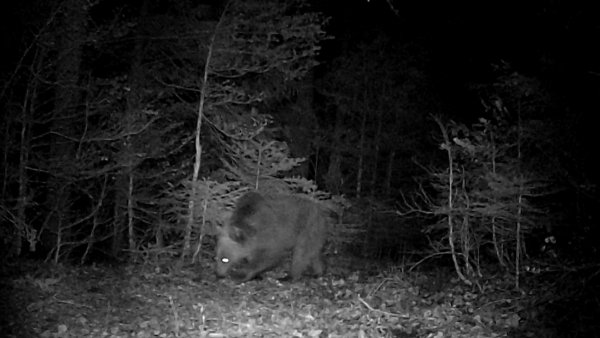Sakarya University provides both academic and community-based educational programs to promote the understanding and protection of wild flora, fauna, and ecosystems. These programs combine classroom learning, field practice, and public engagement to strengthen ecosystem awareness at local and national levels.
The university offers specialized undergraduate and graduate courses in Biology and Environmental Engineering that directly address ecosystem dynamics, biodiversity, and conservation. Examples include:
Tohumsuz Bitkiler Sistematiği (Systematics of Non-Flowering Plants)Course link
Tohumlu Bitkiler Sistematiği (Systematics of Flowering Plants)Course link
Biyoçeşitlilik (Biodiversity)Course link
Omurgasız Hayvanlar Sistematiği (Systematics of Invertebrate Animals)Course link
Türkiye Vejetasyonu (Vegetation of Türkiye)Course link
Türkiye Geofitleri (Geophytes of Türkiye)Course link
Biyocoğrafya (Biogeography)Course link
Ekoloji Uygulamaları (Ecology Applications)Course link
Each course includes field trips to nearby natural areas and hands-on studies of local flora and fauna. Students participate in biodiversity inventories and data collection, directly contributing to campus ecosystem monitoring programs.

Figure 1. “Field practice of biodiversity course – students conducting flora survey in campus forest area.”
Beyond formal education, Sakarya University engages the broader community through environmental education and outreach. Under the Science & Future (Horizon Europe MSCA & Citizens) project, academic staff visited schools in Skarya, Kocaeli and, Düzce, organizing workshops on ecosystem conservation, biodiversity loss, and climate adaptation. Participants learned about local plant and animal species, created model ecosystems, and explored the role of forests and wetlands in climate resilience.

Figure 2: “Science & Future biodiversity workshop with school students – Düzce Turgut Özal Anatolian High School.”
Collaborative projects with SASKİ and the Ministery of Environment involve biodiversity mapping and camera-trap wildlife monitoring on campus, where students and local volunteers record native species such as the red fox (Vulpes vulpes) and Anatolian squirrel (Sciurus anomalus). [URL]


Figure 3: Camera-Trap Monitoring
Public Awareness and Seminars
During Environment Week and World Water Day, public panels, seminars, and campus nature walks invite local residents and NGOs to learn about native ecosystems and sustainable land management. [URL]

Figure 3: “Environment Week seminar on biodiversity – Faculty of Arts and Sciences Auditorium.”
Through this integrated approach, Sakarya University connects academic expertise, public education, and citizen participation, creating a culture of ecological awareness and biodiversity stewardship across the region.